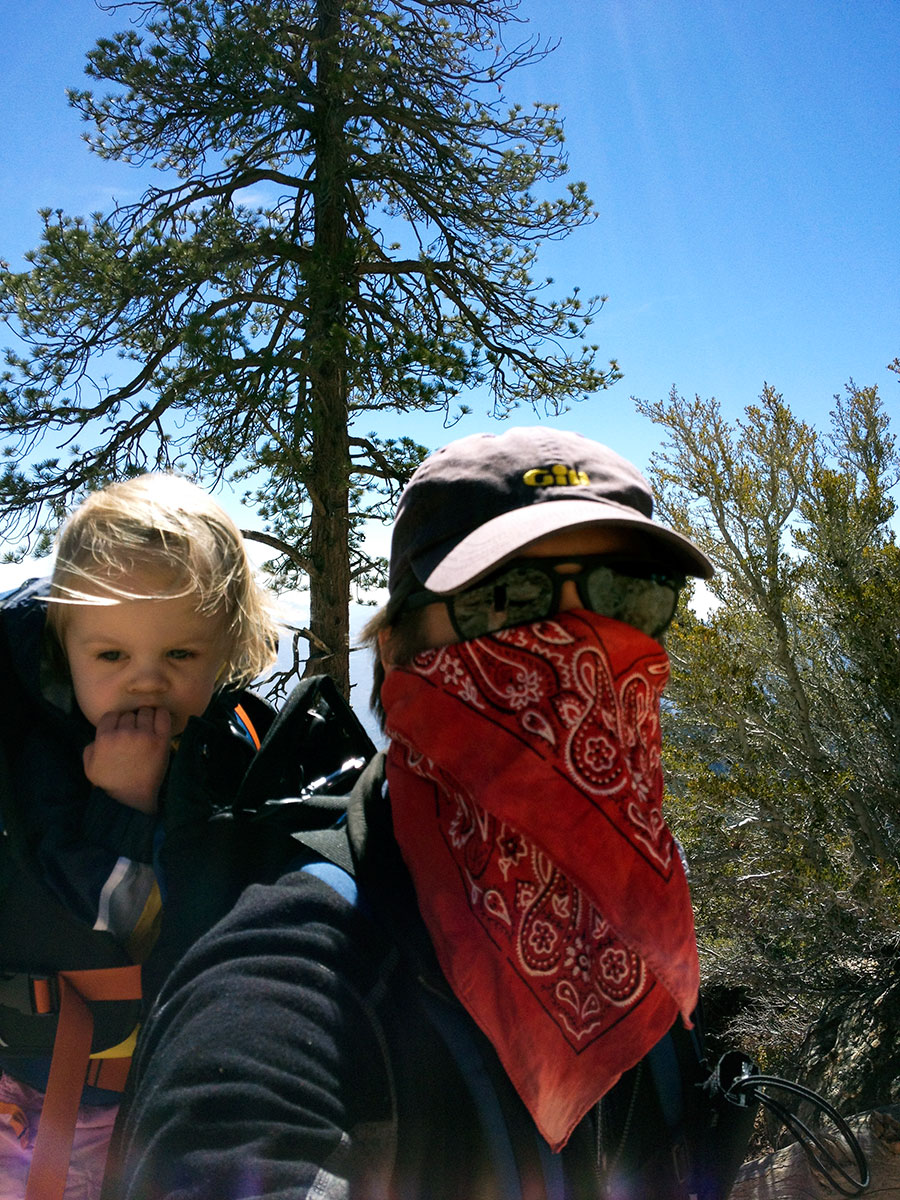Food & Farm Video
24 September 19
I've been doing these promo videos for the American Farm Bureau Foundation for Agriculture. They're an amazing client. I'm psyched about how this one turned out.
Strum Drum Daddy
30 January 18
Strum Drum Daddy is a whimsical musical act that will delight audiences both young and old. The Daddy’s perform family friendly original material and popular cover tunes. Perfect for birthday parties, fundraisers or school carnivals, this forty-minute show really brings the fun. Now booking (peter@petenice.com)
We also play rock shows






Award Winning!
23 June 17
 It's always nice to see these things. Even nicer to see your name on there.
It's always nice to see these things. Even nicer to see your name on there.
Hello World
22 June 14
words
 Incredibly happy and proud and overwhelmed... Our second child, Hanson Powers Mitchell, was born on June 22nd at home in our living room. He's strong. Seriously, he's like a strong little powerhouse.
His website is now live, feel the power.
Incredibly happy and proud and overwhelmed... Our second child, Hanson Powers Mitchell, was born on June 22nd at home in our living room. He's strong. Seriously, he's like a strong little powerhouse.
His website is now live, feel the power.
Palm Desert in Springtime
9 March 14
travels
I Stream You Stream
22 October 13
webs
 I'm really happy with this website redesign I did for iStreamPlanet.com. In addition to the site design and code, I created this visualization. Working for an enthusiastic, engaged client makes a huge difference.
I'm really happy with this website redesign I did for iStreamPlanet.com. In addition to the site design and code, I created this visualization. Working for an enthusiastic, engaged client makes a huge difference.
Creative Portfolio
20 June 13
webs
 Nice World Industries - Strong Multimedia. Please check out my portfolio, drop a line if you like what you see.
Nice World Industries - Strong Multimedia. Please check out my portfolio, drop a line if you like what you see.
Education Initiatives in California
11 February 13
videos
I produced this video for the AT&T California Public Affairs team.






